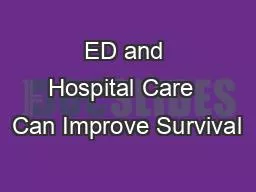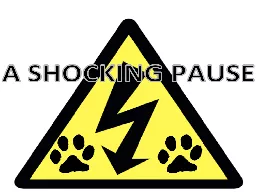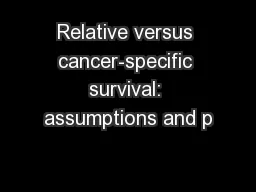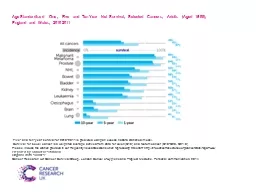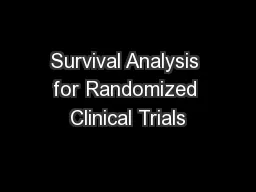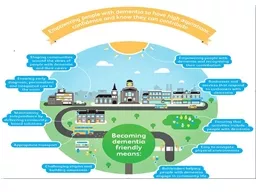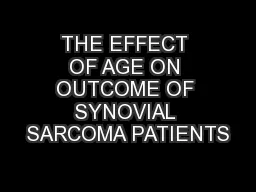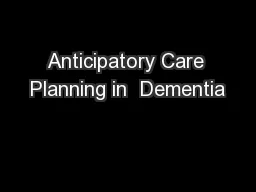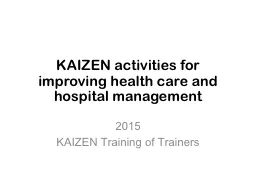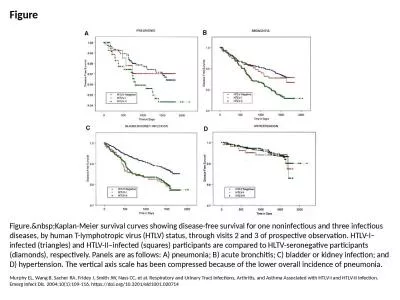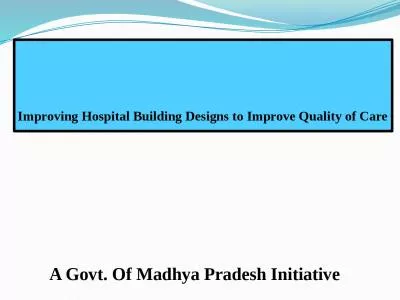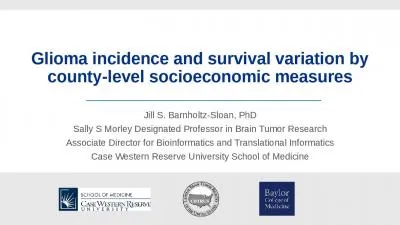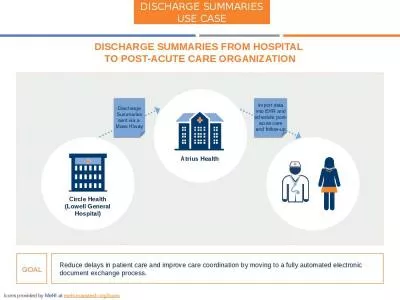PPT-ED and Hospital Care Can Improve Survival
Author : serenemain | Published Date : 2020-11-06
after Cardiac Arrest Ankur A Doshi MD FACEP Post Cardiac Arrest Service UPMC Presbyterian Presenter Disclosure Information Ankur A Doshi MD FACEP ED and Hospital
Presentation Embed Code
Download Presentation
Download Presentation The PPT/PDF document "ED and Hospital Care Can Improve Surviv..." is the property of its rightful owner. Permission is granted to download and print the materials on this website for personal, non-commercial use only, and to display it on your personal computer provided you do not modify the materials and that you retain all copyright notices contained in the materials. By downloading content from our website, you accept the terms of this agreement.
ED and Hospital Care Can Improve Survival: Transcript
Download Rules Of Document
"ED and Hospital Care Can Improve Survival"The content belongs to its owner. You may download and print it for personal use, without modification, and keep all copyright notices. By downloading, you agree to these terms.
Related Documents

